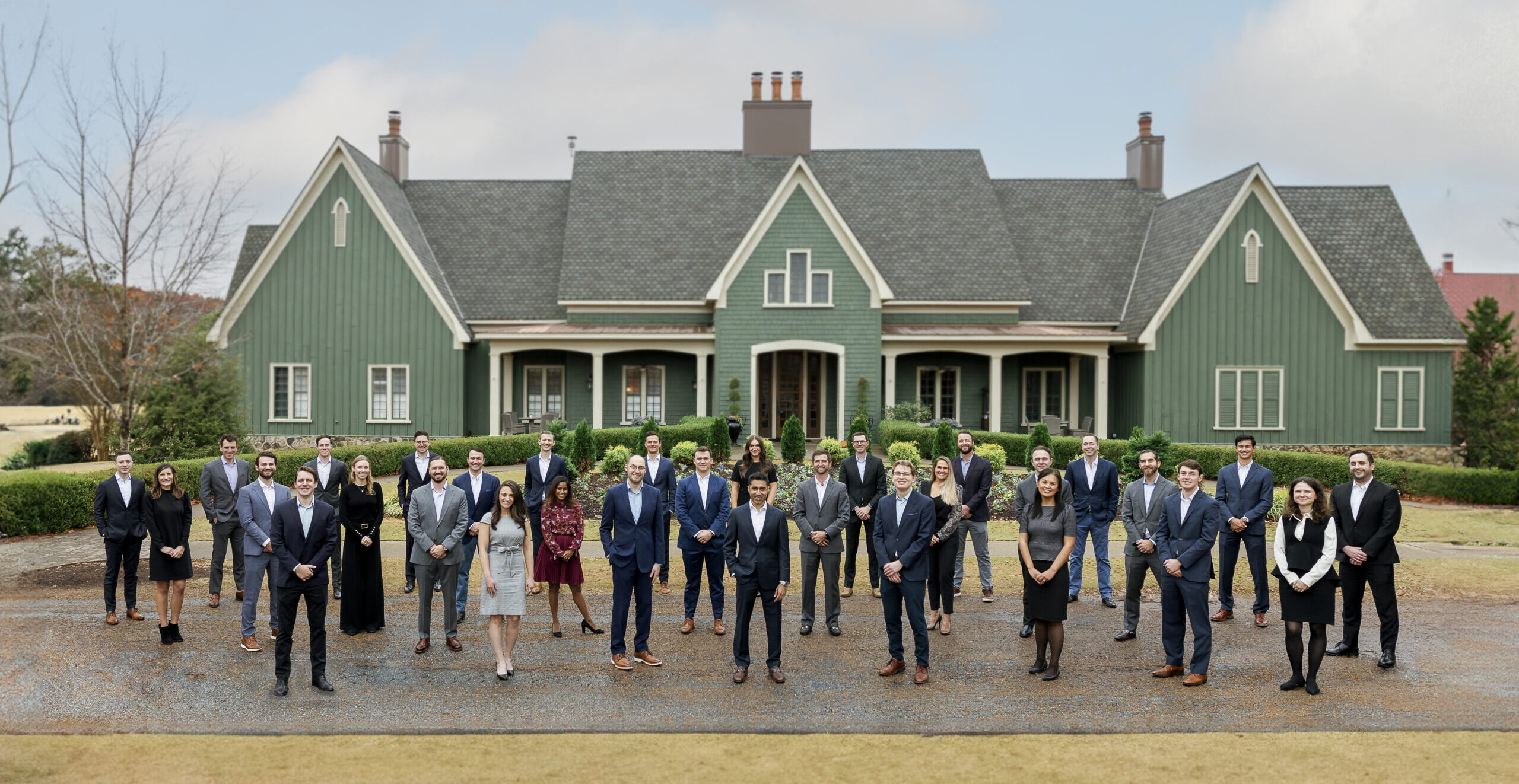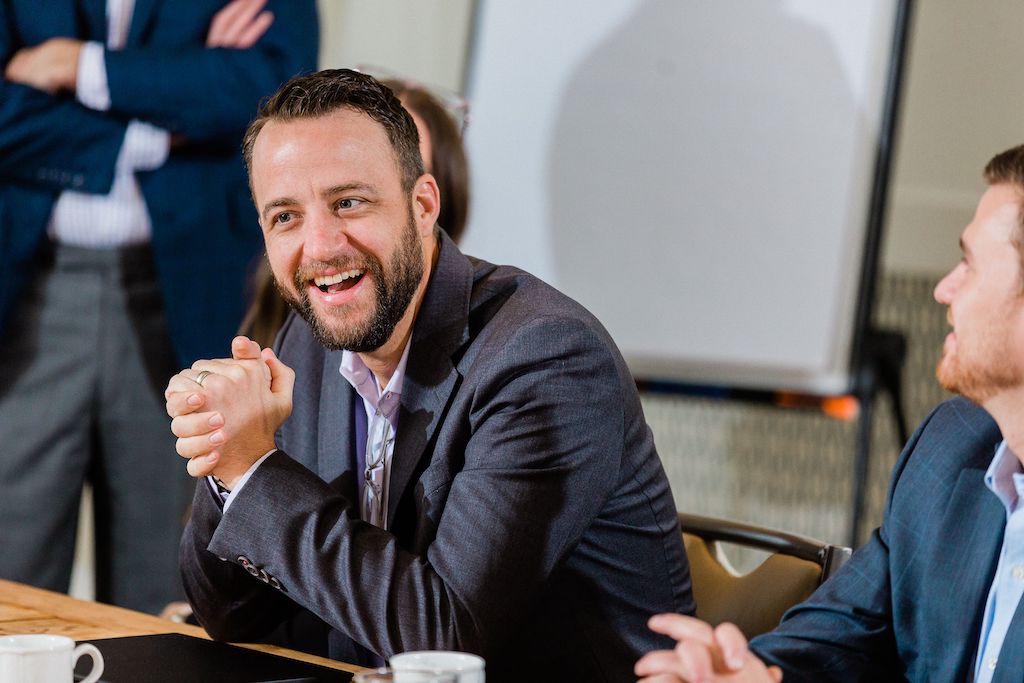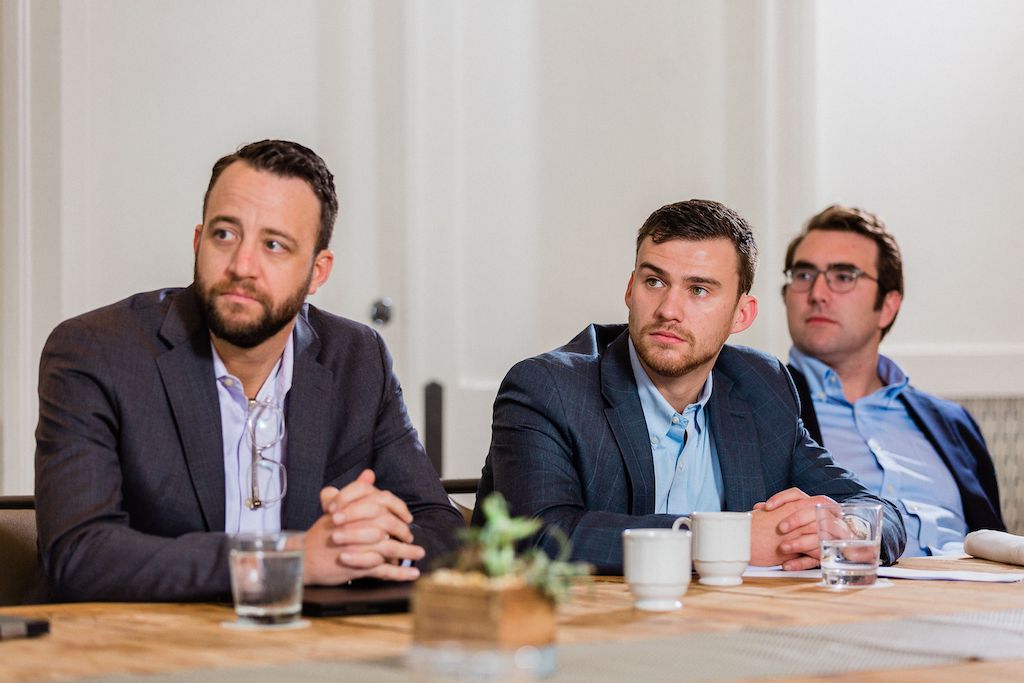

Ian Levitan
Cubing it Out: A Discussion with a Logistics Guru
Kyle Sturgeon and Samir Saleem of MERU recently sat down with Ian Levitan, a Senior Advisor for MERU and the head of Levitan Logistics.
The following is excerpted from a longer conversation.
MERU: How did you first get into the logistics business?
Ian: By accident, and I mean literally. I was a senior director at IBM in the finance and insurance sector. I started as a system analyst and worked my way up. I was responsible for marketing to the largest life insurance company in Canada.
MERU: So, doing something totally different.
Ian: I had never been in a warehouse. I was the youngest international account manager in IBM Canada's history, which shows you even fool smart people! While I was there, I was introduced to a gentleman who owned a tiny firm of consultants that designed warehouses. This man could talk a dog off a meat wagon, and he could tell I had no intention of living in the corporate world and growing up to be CEO.
MERU: Right.
Ian: At any rate, he described what he did, and I was immediately enthralled. He was 53 and wanted to retire in a few years so his plan was to have me buy the company over five years. I agreed, and my wife almost killed me. Because instead of earning more I was earning less money.
MERU: How old were you at that point?
Ian: I was 24.
MERU: Wow, and you agreed to buy this firm from him, at such a young age!
Ian: I loved it and he was a very smart guy. When I joined the firm, I was sent to a warehouse to work as a picker. He had me picking and packing orders, and you want to know something? That’s bloody hard work.
MERU: Yeah, I can imagine.
Ian: He taught me the business from the bottom up, which was absolutely phenomenal. I was like a duck in water when it came to this stuff. After 6 months I was bringing in business and then inside of two years we had doubled the size of the company. The deal to buy his firm didn’t work out, but I had a whole bunch of clients who liked me and wanted to use me, so I joined an accounting firm and started a practice under them. Eventually, once my business outgrew his, one of my partners and I started our own firm.
MERU: What is the most important lesson you’ve learned in your career?
![111617-f1[1].png](https://static1.squarespace.com/static/580fff30c534a5c14408ad74/t/5bad15e1b208fcedad48e44f/1538070023146/111617-f1%5B1%5D.png)
Ian: The most important thing that I've learned in this business is that warehousing is one piece of the whole puzzle. It's the end-to-end that really counts. From the time something is made until the time it's sold in the store, or now on the Internet. Thinking about what the cost are, not in any one silo, but in the total process is what is really, really, important.
MERU: Do you have any examples of classic mistakes that companies have made by not thinking about it end-to-end? What kind of mistakes get made and what do you do?
Ian: Okay, one of the classic mistakes, and I've worked on this one maybe 20 or 30 times, is when people have designed their networks to serve their stores on one simple plan; every warehouse had every item going to the stores in their catchment area. If you had ten warehouses total, each warehouse has the exact same inventory.
MERU: Like our retail client that you helped us serve.
Ian: Right. And the value in separating slow-moving from fast-moving goods is you immediately gain on inventory reduction. Inventory reduction improves your fill rate because you're only trying to order to keep one warehouse in stock instead of ten.
Also, the productivity in the warehouse that doesn't have the long tail of slow-moving items goes up by 20% - 30%. If they're only picking fast-moving items, their pick line length typically falls by 40% - 60%. And 60% of conventional picking time is spent walking. So, as you cut the length of the pick line, you're increasing your picking speed. These days, it might even become more cost effective to automate because you're doing it all in one warehouse versus ten.
Finally, with fast-moving goods, picking is about 60% or 70% of all the labor spent. For slow movers, it's 40%, and sometimes 30%. And so other factors become more important in the one warehouse holding slow-moving items, not just picking productivity.
MERU: Most retailers now have integrated e-commerce into their business. How have their distribution networks changed to accommodate increasing e-commerce volume?
Ian: E-commerce is really very interesting. Amazon has the advantage of having 100 warehouses. If a retailer today now has 500 stores, or 1,000 stores, or even 4,500 stores like Walmart, who's closer to the customer, Walmart or Amazon? Now, how do you take advantage of that? It's called omnichannel. You shouldn’t think that dot-com can only be shipped from a dot-com facility. It can be shipped from a retail store as well.
MERU: One of my former clients had a model where they had both a retail warehouse and a dot-com warehouse, and they were operated independently.
Ian: Right, with independent inventories, I bet.
MERU: Exactly.
Ian: Right, so the work that I've done in the last ten years, the objective is always to put the retail warehouse and the dot-com warehouse into the same building and share the inventory.
MERU: Got it. So even if all online orders are fulfilled from one place, that also should serve stores too.
Ian: There's a saying we use: “he who buys it at full margin first, gets it.” There is no such thing as a priority for dot-com or priority for retail. The first person who's going to sell it gets the inventory, right?
MERU: That makes sense.
Ian: No protecting specific inventory for a segment. The other huge misconception in stores was, If I ship the dot-com purchase from the retail store, I'm paying the commission twice. I’ve seen this before. Store managers said, “What do you think I am, an idiot? You've compensated me for the inventory. I might have someone who wants to come in and buy one from me. I'm not picking that order.” Shortly after, we took a sample of 10 stores, and we changed it so if they shipped to an internet customer, they got full sales credit on the store P&L. In two weeks, we had a huge improvement in fulfillment rate of internet orders.
MERU: How many different warehouses do you think you've been in, in your life?
Ian: I’ve been involved in the design of approximately 2,000 warehouses in the US alone. I also currently visit at least 100 warehouses a year in my semi-retired state.
MERU: So, we're talking thousands?
Ian: Yeah, it is very clearly beyond thousands.
MERU: Thank you so much for taking the time to speak with us.
Ian: No, thank you it was great.










